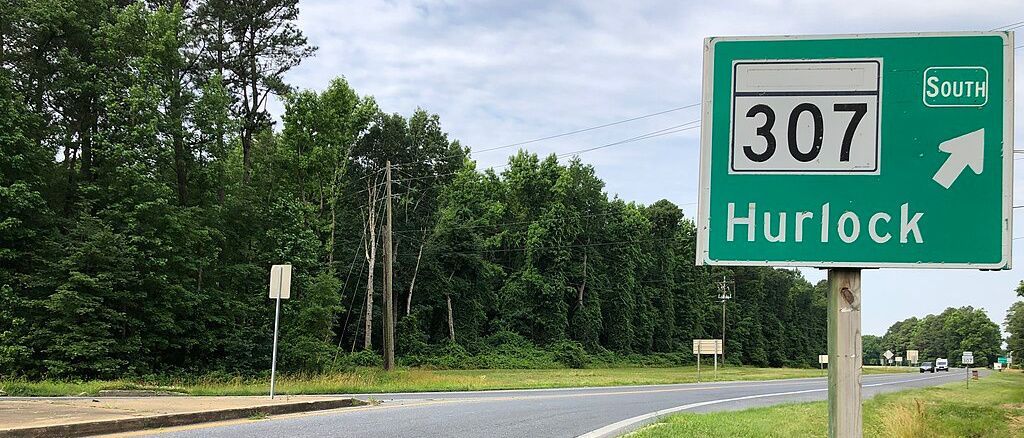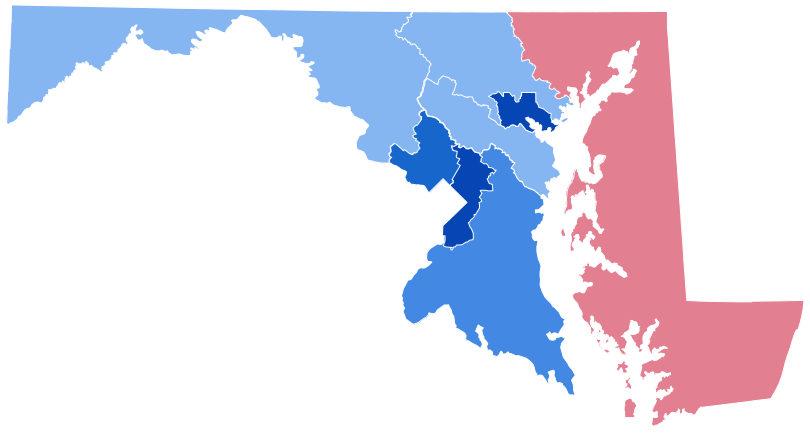A Day for Emancipation

In 2013 Governor Martin O’Malley declared November 1 the official Emancipation Day for Maryland. It was a long time coming because the day it celebrates was in 1864, 249 years earlier, when Maryland’s new constitution went into effect.
Enslaved people in Maryland had been exempted from the Emancipation Proclamation that President Abraham Lincoln announced on January 1, 1863, as it affected only those enslaved in the states in rebellion. But Maryland, on its own, emancipated its enslaved people before the Civil War ended and before Congress passed the 13th Amendment on February 1, 1865.
Some enslaved Black Americans had not waited for either President Lincoln or the Maryland legislature or the United States Congress. They began emancipating themselves by running away. From 1800 on, many of those who were enslaved became free and many fled the state. Among those who escaped from the Eastern Shore were Henry Highland Garnet, Frederick Douglass, and Harriet Tubman.
In 1824 Garnet escaped with his family from a farm in Kent County. Their owner gave them permission to attend a funeral. The family boarded a wagon and set off. But they did not go to the funeral — they headed to Wilmington, Del., instead. Part of the family went on to New Jersey, but Henry’s immediate family — his father, mother, and sister — continued to Pennsylvania where they stayed for a short time. His father, George, recognized that this was a turning point for the family. He called them together and gave them new names. His mother’s priority was to get an education for her children so she started teaching them. Then the family decided to move on to New York City for more safety.
Henry acquired an education and was ordained a minister in the Presbyterian Church. He was a forceful speaker, who spoke out for liberty of the enslaved. He encouraged them to do whatever was necessary to free themselves, whether to return to Africa as colonists or to fight for their freedom in America. In an address to the National Negro Convention of 1843 in Buffalo, New York, he charged the enslaved with acting to free themselves:
“Neither God, nor angels, or just men, command you to suffer for a single moment. Therefore it is your solemn and imperative duty to use every means, moral, intellectual, and physical, that promises success.
“Remember that you are FOUR MILLIONS! Let your motto be RESISTANCE! No oppressed people have ever secured their liberty without resistance.”
In 1838 Frederick Douglass left Talbot County where he had been born. When he was 12 years old his enslavers sent him to serve a member of their family in Baltimore. The wife taught him the alphabet, even though her husband was against literacy for the enslaved. Frederick found ways to educate himself, learning to read and write as he worked on the docks. He was lent to another enslaver who whipped him frequently, so when he was 16 he decided to run away. He was in love with a free Black woman, Anna Murray, who encouraged him and helped him escape. In 1838 he got on a train for the north. He disguised himself as a sailor with a uniform Anna provided him and he, too, like Henry Highland Garnet, went to Wilmington, to Philadelphia, and then to New York City.
Douglass was a leader in the abolitionist movement, an orator, a writer, and statesman. Some of his words:
“Liberty is meaningless where the right to utter one’s thoughts and opinions has ceased to exist. That, of all rights, is the dread of tyrants. It is the right which they first of all strike down.”
“There is no negro problem. The problem is whether the American people have loyalty enough, honor enough, patriotism enough, to live up to their own constitution.”
“The thing worse than rebellion is the thing that causes rebellion.”
Harriet Tubman escaped from her enslaver in Dorchester County in 1849 when he tried to sell her. She had a husband, but she was determined to flee. She left with her two brothers. Her brothers turned back and then she did also, but she escaped again a short time later without her brothers. She sang “I’m bound for the promised land” as a code to indicate she was leaving. She was guided by the Underground Railroad, an informal network of trusted contacts who helped enslaved people escape. She arrived in Pennsylvania and felt relief.
Later she returned many times to Dorchester County to help others get away, including members of her family. In 1851 she stopped at the home of Frederick Douglass in Philadelphia with several other fugitives. In all, she rescued about 70 enslaved people in 13 different trips.
All three escapees continued to help others find freedom. None of them wanted to escape by violence, but Garnet realized that violence was inevitable. Violence came in the form of the Civil War that broke out in 1861. Maryland was not part of the rebellious states, but had soldiers who fought for both sides. Over 8,700 African American men from Maryland fought for the United States. In 1863 the Bureau of Colored Troops was established by the U.S. War Department for the recruitment of African American soldiers. Those troops
served in 175 regiments in infantry, cavalry, engineering, light artillery, and heavy artillery units. The United States Colored Troops was disbanded in 1865. They were succeeded by the Buffalo Soldier regiments in the West.
Among those who joined the USCT were the sons of Frederick Douglass. Harriet Tubman, Frederick Douglass, and Henry Highland Garnet participated in the war effort in other ways. Garnet was a chaplain to the soldiers. Tubman was a spy, armed scout, cook, and nurse for the U.S. She led an armed expedition in the raid at Combahee Ferry, S.C., which liberated more than 700 enslaved people. Douglass published in newspapers and served as a recruiter for the 54th Massachusetts Infantry Regiment.
A study of the Black veterans from just Kent County reveals that at least 471 out of a total of 3,124 Black males in Kent County fought in the Colored Troops and in the Navy. That was 16% of the total African American male population in Kent County, and 5% of the population of Maryland. More than half were free Blacks (1,839) and the rest were enslaved (3,124).
The long-ignored remembrance of Maryland’s emancipation was revived by Governor O’Malley, who declared the first Maryland Emancipation Day for November 1, 2013.
Montgomery Council President Katz declared last year:
“On Nov. 1, 1864, Maryland legally freed all those held in bondage within its boundaries through a new state constitution. Sadly, more than a century and a half later, we still see the long shadow that slavery cast over our nation, the deep divides that it sowed, and the injustices that it created. On Maryland Emancipation Day, we reflect on our history and recommit ourselves to dismantling institutional and systemic racism.”
Sources:
“An Address To The Slaves Of The United States, 1843,” Henry Highland Garnet, BlackPast.
George R. Shivers, “A Study of African American Soldiers from Kent County, Maryland in the American Civil War, 2017”
“County, State Leaders Declare Emancipation Day,” Source of the Spring Staff, Nov. 1, 2020.
Jeanette E. Sherbondy is a retired anthropology professor from Washington College and has lived here since 1986. In retirement she has been active with the Kent County Historical Society and Sumner Hall, one of the organizers of Legacy Day, and helped get highway /historical markers recognizing Henry Highland Garnet. She published an article on her ethnohistorical research of the free Black village, Morgnec.
Common Sense for the Eastern Shore







